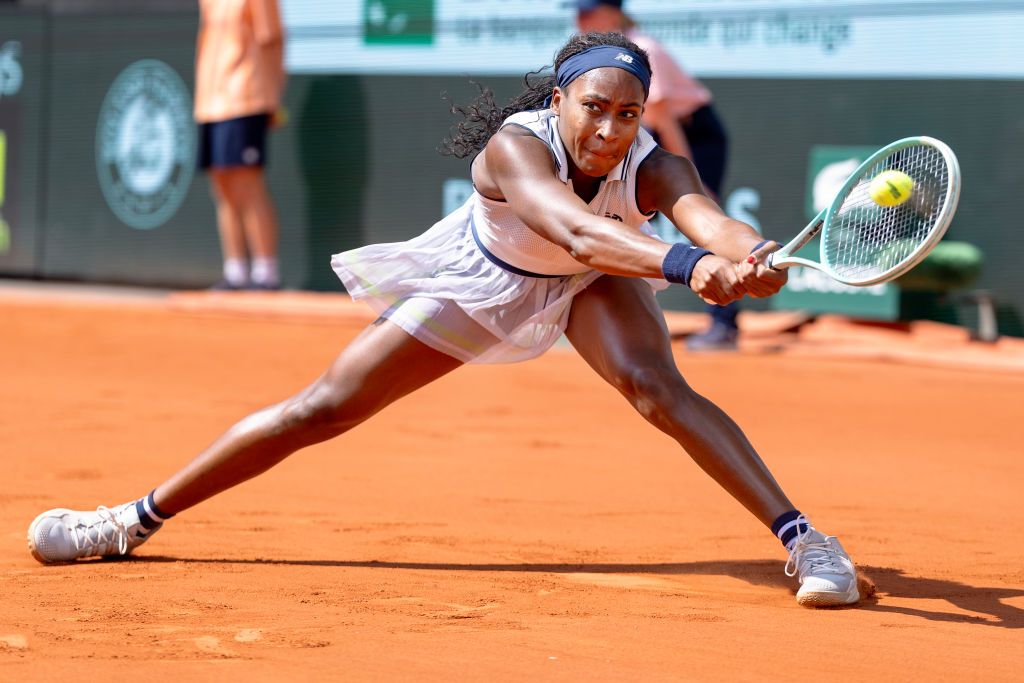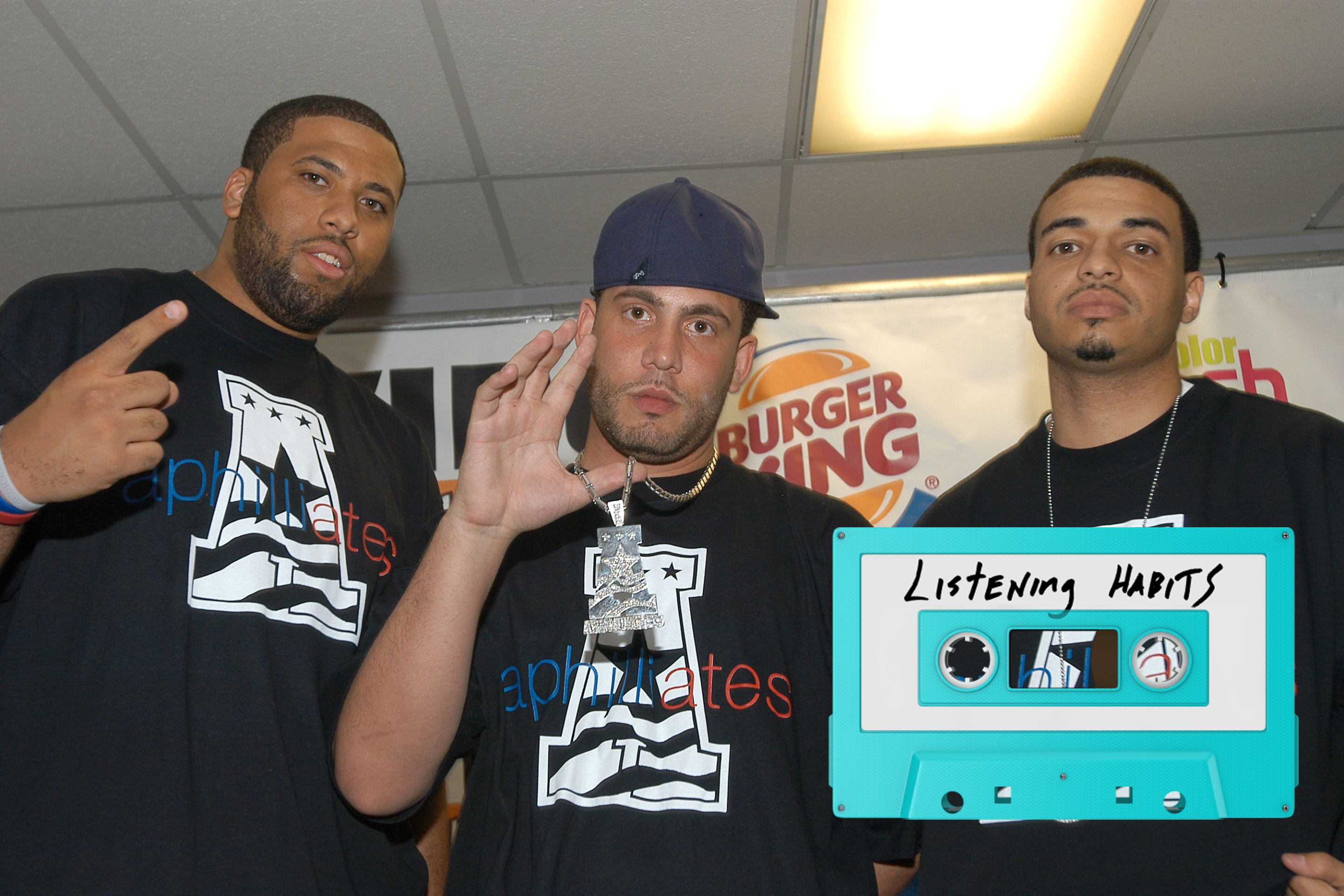PARIS — Roland-Garros was named after a fighter pilot, Eugène Adrien Roland Georges Garros, who died in the first World War. This is fairly unique among majors. Wimbledon was named after a town. The U.S. and Australian Opens were named after the U.S. and Australia. Having done my homework, I now feel bad for all the times I called Roland-Garros "the French Open.”
While Garros did play a little bit of tennis, the feats he’s remembered for came in the air. He was a savvy aviator, setting altitude records and piloting the first flight over the Mediterranean Sea. Perhaps his greatest asset was his adaptability, surviving engine failures during that flight and becoming the first to mount a machine gun on his aircraft. When Garros was captured by German forces in 1915, his innovation fell into their hands. Garros eventually escaped German captivity and went on to win one more aerial battle before being shot down and killed in late 1918, 37 days before the end of the war.
Hell of a resume. Now Roland-Garros is a tournament, a brand, and an app. Roland-Garros is where they sell ham sandwiches with butter (unsalted) and strawberry smoothies with a healthy dose of apple juice. Yesterday, the rich clay of Court 5 was replaced with a hard surface so that people could play pickleball.
For all its commercialization, however, this is as close to a battleground as a professional who hits a ball with a racket can get. Nothing comes easily on clay. Even big servers struggle mightily to consistently end points within two or three shots. The surface being slower than grass or hard court creates a perception that defenders thrive here, but without sufficiently large weapons to destroy other defenders, that only gets you so far. Evenly matched players can play points that eventually have to stop not because of a winner or unforced error but because one of them can no longer sustain the physical effort. This is the hallowed territory where Grigor Dimitrov and Richard Gasquet shared a rally so brutal that as soon as it ended, Dimitrov cramped and Gasquet puked.
Roland-Garros is not Wimbledon, where players are made to wear all-white and a retired Roger Federer is denied entry because he is without his sacred membership card. In Paris, the grass stays off the courts and illusions of serve-and-volley dominance are not entertained. Watch the third set of Rafael Nadal and Novak Djokovic’s brutal semifinal in 2021 and you can imagine Garros nodding his head in approval. Tennis is about constantly trying to get better, even when you’re No. 1. The best players make adjustments to suspend their downfall for as long as possible.
Absolutely ridiculous 🤯
— ATP Tour (@atptour) June 11, 2021
🎥: @rolandgarros | @DjokerNole pic.twitter.com/dPTWY37zdv
The women’s semifinals were bloodless but not without tragedy. Coco Gauff had a 1-10 record against the defending champion Iga Swiatek going into the match, including straight-set losses at this tournament in 2022 and 2023. That’s about as grim as records between two major champions get. Gauff tried to take risks to avoid another defeat. She really did. Swiatek is just a particularly ruthless pigeon-keeper.
Gauff does everything extremely well except hit forehands—her backhand is both rock-solid and powerful, she has gasp-inducing speed, and she gets tennis, recognizing her own capabilities but also the rare times when she needs to sell out and try something different. This was one of those instances. Swiatek, the proud owner of a forehand that appears to fly through the air with the pace and weight of a small airplane, is better than anyone at cutting Gauff’s shaky forehand to ribbons.
Rather than dread inevitability or run from it, Gauff proactively tried to change her fate, consistently going for winners with her forehand as if it were her best shot and not her worst. Even in the warmup, Gauff traded hard forehands with Swiatek, ripping balls that she would have preferred to lift back into the middle of the court. Then the match started, the pressure rose, and Gauff missed a forehand on point one, shanked another on point two, and missed a putaway to get broken in the opening game. Having a great forehand day after that was a bridge too far even for Gauff and her incredible self-confidence. Had Garros taken off to cross the Mediterranean and promptly made a series of navigation errors, he’d probably have bailed on the mission.
The fact that Gauff won exactly as many games—six—as she did when she lost to Swiatek at this tournament in 2023 will only twist the knife. This is the prize for reinventing herself in the way we always beg of an underdog: a loss, same as the last one. I’m not saying that one of the circles of hell is people learning what it’s like for tennis players to lose repeatedly and invariably to their rivals, but I’m not not saying that, either.
The quote “Victory belongs to the most tenacious” is plastered between rows of seats on the long sides of Court Philippe-Chatrier, in English and in French; it’s thought that Napoleon said it first (though with “persevering” instead of “tenacious”), but Garros successfully co-opted the line, even marking it into his aircraft propellers. It’s a brilliant quote that directly applies whenever someone fights back to win.
Sometimes, though, it’s just not true. Serving at 1-2, love-15 in the second set, Swiatek hit a serve that was called long and quickly overruled by chair umpire Aurelie Tourte. Responding to the out call, Gauff swatted the ball aside. But Tourte awarded Swiatek the point, and all of Gauff’s protestations—during which the totally normal crowd alternately booed, whistled, and chanted her name—were for naught. Gauff took a few moments to collect herself at the back of the court after the argument, wiping tears from her eyes with her wristbands. Then she stormed back and broke Swiatek’s serve for the only time in the match. That was the most tenacity shown by either player in the semifinal—but Swiatek was so good as to not require any tenacity, just loyalty to a blueprint with established success.
What is worse, then: to repeatedly be shown that your best is not good enough, or to lose with gas left in the tank and an enduring delusion that you could have done better? Gauff is firmly in the former category when she plays Swiatek. It’s tempting, when a player loses to an opponent for the 11th time in 12 outings, to blame a mental weakness. But that’s really not why Gauff lost. Down match point, having had her weak spot pummeled relentlessly for the past hour and 20 minutes, she hit an astonishingly brave series of forehands, stepping into each one, and finished with a winner. Still, the match boiled down to the fact that Gauff has an unreliable forehand, and Swiatek is uniquely capable of forcing her to lean on it.
The only other adjustment I thought Gauff could have made in this match was to rely wholly on her defense, bailing on power and placement to pin all her hopes on getting enough balls back into play. That’s how Gauff beat Aryna Sabalenka in the U.S. Open final last year. She had to do an enormous amount of running, but eventually, her absurd court coverage paid dividends as Sabalenka suddenly lost the ability to put the ball between the lines. But Swiatek is a more patient, precise offensive player than Sabalenka, even if she is less powerful. Her movement on clay is a gift from gods and devils, and I’m not sure whether the best forehands on tour can break through her defenses, much less one of the weaker ones. Providing her with the opportunity to dictate points would have let her hit shots into the tightest corners, and she might not have made many errors. I’d be a fool to say Gauff made a mistake not trying this.
The path forward for Gauff is clear: She just attained the No. 2 ranking and is a major champion before the age of 20. But there is one massive obstacle in the middle of that path, and her name is Iga Swiatek. I don’t know if Gauff can overcome that obstacle, but it’s a given that she will keep trying.






